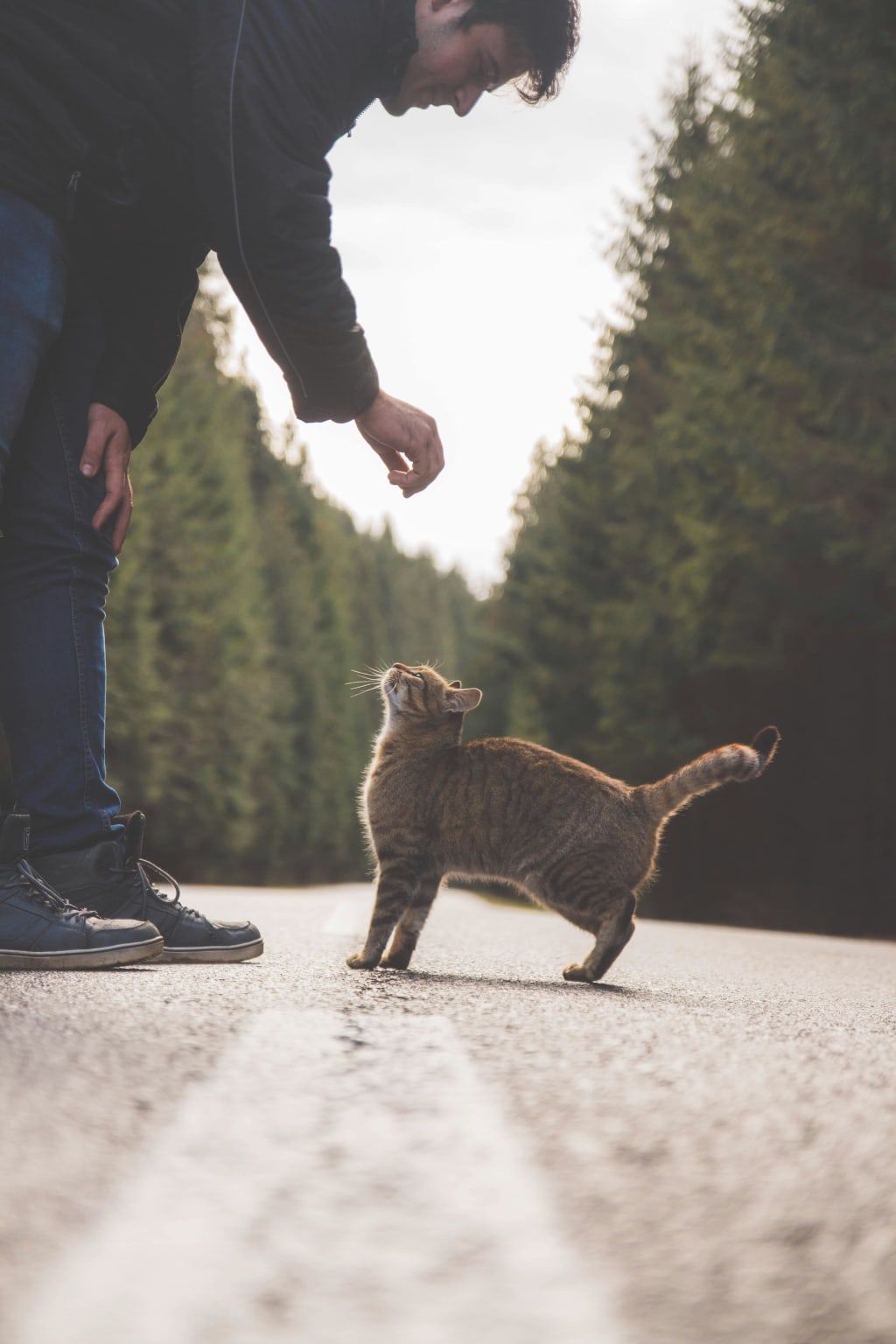
The history of cats is a fascinating tale that spans thousands of years, intertwining with human civilization in various ways. Here's a brief overview:
1. Ancient Beginnings: The domestic cat, scientifically known as Felis catus, is believed to have originated from the Near East around 7500 BCE. Wildcats, particularly the African wildcat (Felis silvestris lybica), were among the first species to be domesticated by humans. Early agricultural societies likely attracted these wildcats due to stored grain, which in turn led to a symbiotic relationship between humans and cats.
2. Cultural Significance in Ancient Egypt: Cats held a special status in ancient Egyptian society. They were associated with the goddess Bastet, who was depicted as a lioness or a woman with the head of a lioness or domestic cat. Cats were revered for their ability to protect homes from pests like rodents and snakes, and killing a cat, even accidentally, was a crime punishable by death. Upon a cat's death, families would often mourn and even mummify their beloved pets.
3. Spread Across Civilizations: As human civilizations expanded, so did the presence of cats. Phoenician traders are believed to have introduced cats to Europe around 900 BCE, where they became valued for their pest-control abilities. Cats eventually spread throughout the ancient world, including Greece and Rome.
4. Middle Ages and Superstition: During the Middle Ages, cats faced a mixed reputation in Europe. While they continued to be valued for their rodent control, they also became associated with witchcraft and superstition. Black cats, in particular, were believed to be familiars of witches and were often persecuted alongside their human counterparts during the witch hunts of the 16th and 17th centuries.
5. Rise of the Domestic Cat: Despite periods of superstition and persecution, cats remained an integral part of human society. With the rise of urbanization and trade during the Renaissance and beyond, cats became indispensable companions for controlling pests in cities and aboard ships. Their agility, hunting prowess, and relatively low maintenance made them valued companions for sailors and merchants.
6. Modern Domestication: The domestic cat continued to evolve alongside humans, with selective breeding leading to various breeds with distinct physical and behavioral traits. Cats also found their way into homes worldwide as beloved pets, with millions of households now sharing their lives with these enigmatic creatures.
Throughout history, cats have captivated humans with their grace, independence, and mysterious nature. From revered deities to cherished companions, their story is intertwined with our own, symbolizing both our ingenuity in domestication and our enduring fascination with the natural world.
7. Cats in Literature and Art: Cats have left their mark on human culture through literature, art, and folklore. In literature, they've been portrayed as both symbols of grace and mystery, as well as mischievous tricksters. From the Cheshire Cat in Lewis Carroll's "Alice's Adventures in Wonderland" to the enigmatic feline in Edgar Allan Poe's "The Black Cat," cats have inspired countless works of fiction and poetry.In art, cats have been depicted in various forms, ranging from ancient Egyptian sculptures to Renaissance paintings. Artists such as Édouard Manet, Pierre-Auguste Renoir, and Henriette Ronner-Knip have captured the elegance and allure of cats in their masterpieces, further cementing their place in artistic expression.
8. Internet Age and Cat Memes: In the digital age, cats have found a new realm of popularity through the internet. Cat videos and memes have become ubiquitous, with platforms like YouTube, Instagram, and Reddit hosting millions of clips and images showcasing the antics of these beloved pets. From keyboard-playing kitties to grumpy-faced felines, cat memes have captured the hearts of people worldwide, fostering a sense of community and joy across the internet.
9. Conservation and Protection: Despite their widespread presence, many species of wildcats face threats such as habitat loss, poaching, and human encroachment. Conservation efforts aimed at protecting wildcat populations have become increasingly important, with organizations working to preserve the habitats of species like the African wildcat, the Amur leopard, and the Iberian lynx.
10. Companionship and Therapy: Beyond their roles as pest controllers and internet sensations, cats provide invaluable companionship and emotional support to millions of people worldwide. Studies have shown that interacting with cats can reduce stress, anxiety, and depression, leading to improved mental and physical well-being. As therapy animals, cats visit hospitals, nursing homes, and schools, bringing comfort and joy to those in need.
From their ancient origins in the cradle of civilization to their modern-day prominence in homes and on screens, the history of cats is a testament to the enduring bond between humans and animals. As companions, protectors, and sources of inspiration, cats continue to enrich our lives in ways both profound and delightful.





Comments
There are no comments for this story
Be the first to respond and start the conversation.